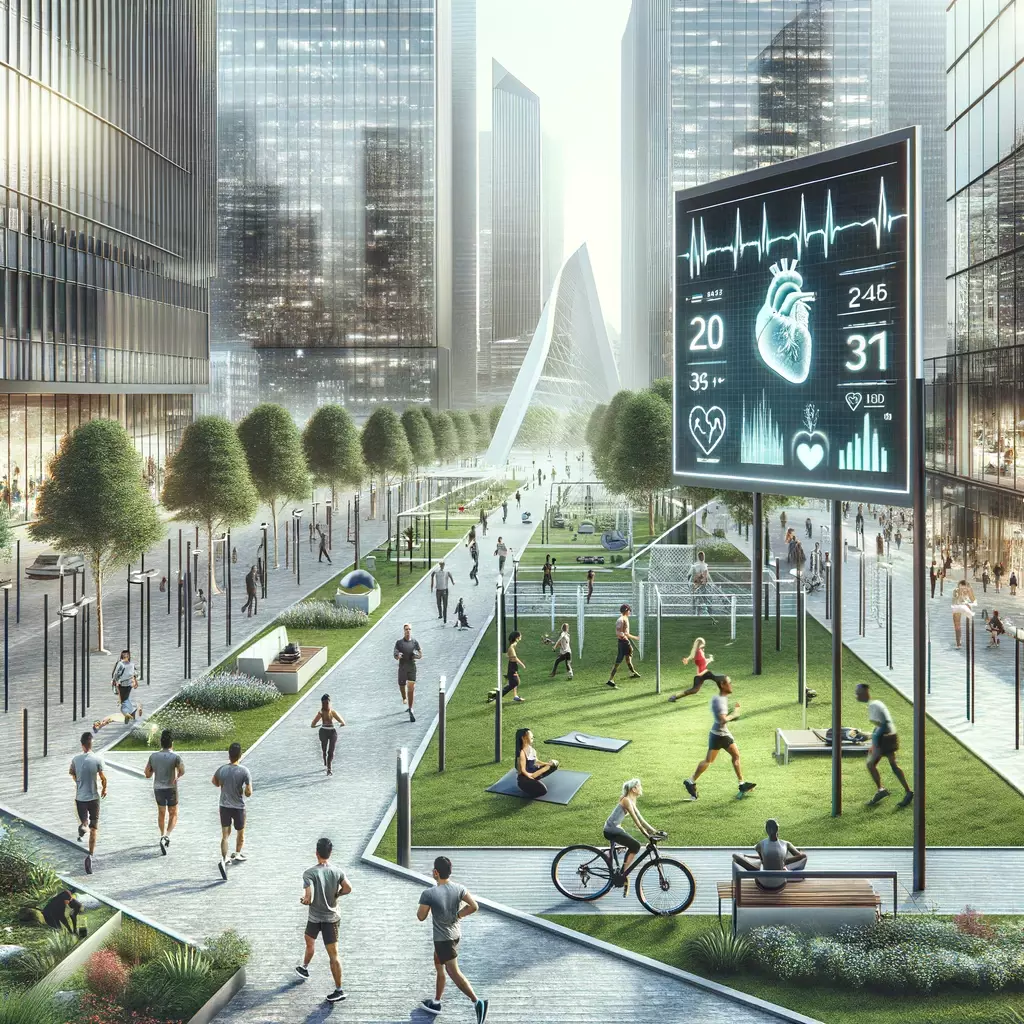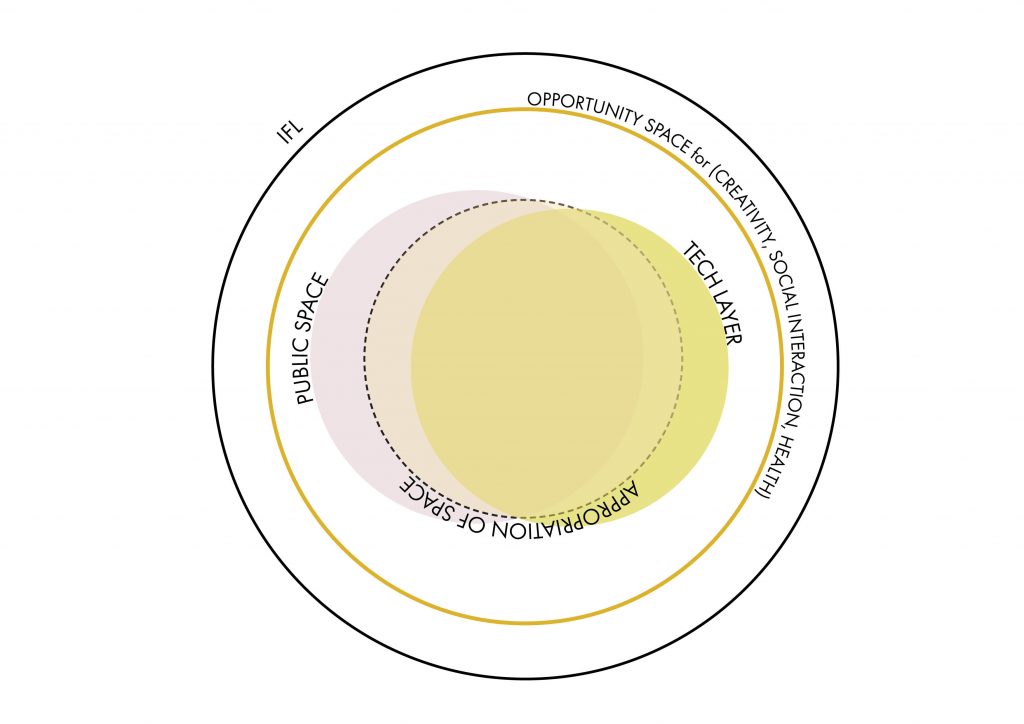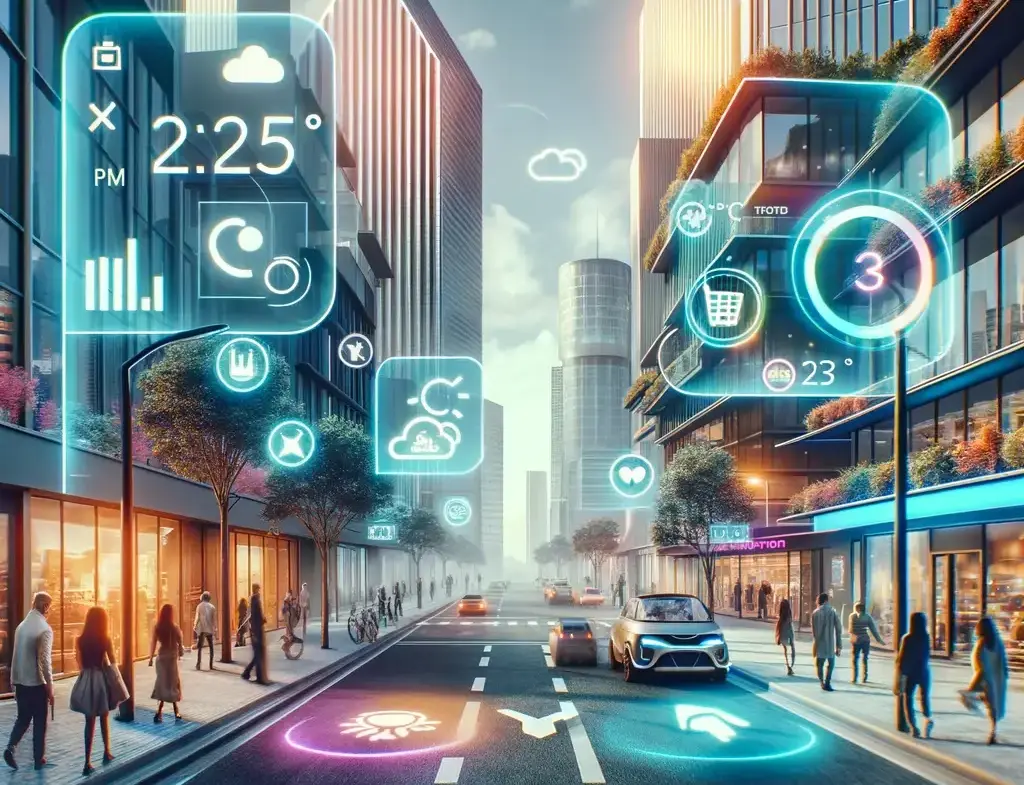Projects
Designing Everyday Playfulness to Create Agonistic Spaces

My goal in the PhD is to understand the relationship between playfulness and Agonism to propose a model of how to design agonistic spaces – spaces that invite and nurture contestation and disagreement – making use of attributes of playfulness. I focus on playfulness that manifests in everyday life. For example, when a person steps only on the tiles of a certain color on a sidewalk, or when someone draws a mustache on a poster at the bus stop. Since playfulness opens opportunities for re-interpretations of real life, it shares similar characteristics to an agonistic space. Agonism is a concept from the political sciences that focus on nurturing the many different and conflicting voices existing in democratic processes. Agonism understands that existing systems are never complete and that creating spaces where contestation and disagreement can exist is an essential part of democracy. By combining elements of playfulness and Agonism, I aim to create design interventions, workshops, and installations that mediate constructive conflict though design. I will then develop these actions in two different contexts: (1) the gender gap and invisible legacies in digital making, and (2) safe spaces and activism in community centers.
Exploring Opportunity Times and Spaces:
Leveraging Technology for Physical Activity Promotion
In today’s fast-paced world, we all lead busy lives, and finding time for physical activity can seem like a daunting task. However, my ongoing PhD research delves into a fascinating concept called “Opportunity Times,” which can change the way we think about time management and our well-being.
Imagine those moments in your daily routine when you’re not tied up with meetings, work commitments, or other obligations. These are your Opportunity Times—precious pockets of time when you have the chance to do something good for yourself, like exercise.
The main goal of my research is to address a common concern: the feeling that we don’t have enough time for physical activity. I want to show you that these opportunities do exist, and they can make a big difference in your life.
Here’s what my research is all about:
- Finding Your Opportunity Times: I develop simple techniques to help you identify these pockets of time in your day. Once you spot them, you realize that there are more opportunities than you might have thought.
- Easy Ways to Get Moving: I’m working on practical ways for you to incorporate physical activity into your Opportunity Times without disrupting your daily routine. These are flexible strategies that can work for anyone, no matter how busy you are.

Opportunity Spaces for Informal Education

This research focuses on how a tangible and embodied technological layer can enhance and enlarge an existing public space to promote children’s informal learning (IFL). IFL is increasingly recognized as the basis for education, as children learn through social, creative, and playful interactions. IFL is rooted in daily lives and expands the children´s sphere of action beyond their confined social spaces in public environments and educational institutes. Using the urban area makes education more accessible to a broad group. Therefore, I will create conditions and structures that make informal educational processes possible and available. I seek to enlarge opportunity spaces by applying alternative experimentational approaches. By implementing design intervention in the public, I will playfully appropriate the existing and create opportunity spaces for IFL. The design intervention should open up children’s creativity, encourage social interaction, and enhance mental health, which is often neglected in the education system.
MEANINGFUL interaction with Digital Data in Motion
The emergence of Augmented Reality (AR) technologies has revolutionized the way information can be presented, offering novel opportunities for data visualization and enhanced interactivity. However, investigating AR concepts outdoors, especially on-the-move, has proven to be a challenging task. Although previous work has examined use cases for using AR for everyday activities in urban environments, most of the contexts explored with people being on-the-move outdoors are in a conceptual stage and these contexts mainly regard AR from a utilitarian perspective. This thesis’ goal is to design and evaluate meaningful AR concepts that intend to assist people while on-the-move in a context sensitive and personalized manner, hoping to empower them by leveraging new forms of interaction while merging the virtual and physical world. I aim to contribute an overview of the design space for AR, while people are on-the-move, provide insights for meaningful AR visualizations, and establish design guidelines for such concepts.

Troubling Doctors’ Future Office: shaping telemedicine based on feminist values

This research’s central topic focuses on the hybrid spaces of work. By narrowing down the research focus, I explicitly examine a hybrid workspace for doctors, which falls under the umbrella of telemedicine. The project goal is to approach women’s health with a broader definition, encompassing other genders’ bodies and emotions. Without intending to medicalize the body and with accounting for the pluralism, I seek to trouble institutionalized genderism and bias in the healthcare system’s future, where telemedicine as a two-way communication between patients and doctors will be well-adopted. The project aims to design an artifact to support doctors’ perception during online visits for menopause-related conditions by exploring the contributive role of body and emotion in building a relationship between doctors and patients. Thus, investigating the patients’ perception of their bodies and emotions in a technologically mediated space over time is also the essence of this study. I am considering qualitative research methods such as soma design and participatory design to highlight the importance of the multiplicity of bodies in the bodyless space as telemedicine.
